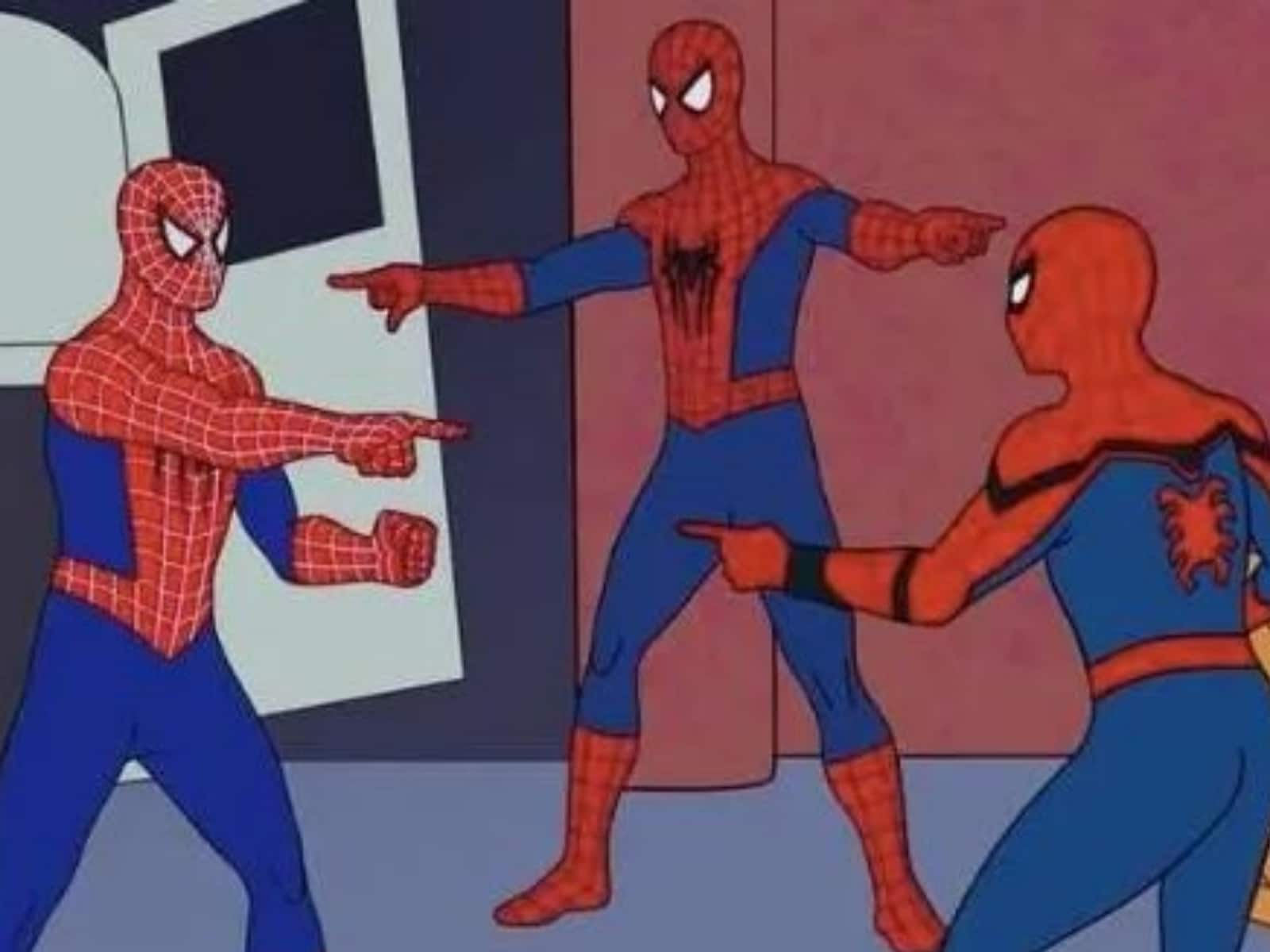Featured

image for illustration only (source)
Kindle Highlights ✨
a personal + learning projectThe Situation
I like reading on Kindle because my notes and highlights actually get saved somewhere. Kindle dumps those into a text file called 'My Clippings', and I wanted a way for me to view those highlights easily.
I've also been doing some backend/data engineering at work so I thought this project would be a good way to solidify my learnings from there
The Solution
so I wrote some pipeline(s) to do just that! They extract my data from the file into a DB add some metadata per book. I also made a Streamlit app to go with it! 🙂
It was fun so I went ahead and added some quick analytics to it hehe. Check out the app in the link below! 👇🏻
The Stack
Dagster, SQLAlchemy, Streamlit, scikit-learn, pandas, etc.
The Sources

image for illustration only (source)
Embeddings for gaze patterns 👁
my masters thesisThe Situation
(this is not supposed to be the abstract): I've always been interested with the brain, cognition, psychology, and the like... long story short I found eye movements to be a related and exciting area of research, so I combined that with my interest in unsupervised learning and tried to explore representation learning for eye movement signals 👀 🤖
The Solution
After a hundred+ research papers, lots of abstract maths, higher electricity bills, I ended up with two models: One method was an autoencoder with TCNs, and the other is also a TCN but uses contrastive learning. Links down below! it was a glorious time when my left 🧠 was the happiest.
The Stack
a lot of PyTorch, then the usual scikit-learn, numpy, and pandas
The Sources
(Autoencoder) ICPR 2020 Paper, Presentation, Code
(Contrastive Learning) EUSIPCO 2021 Paper, Presentation





